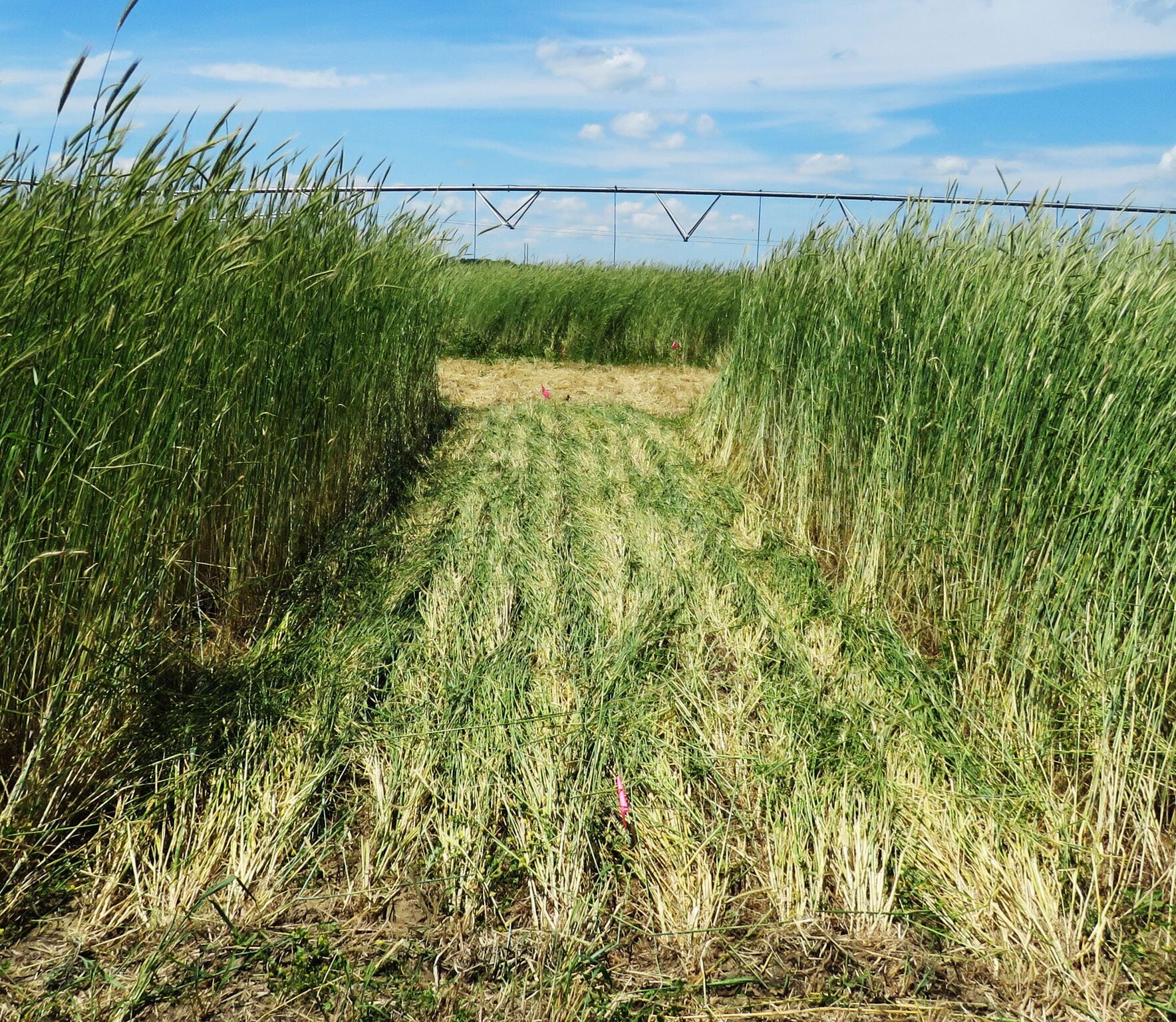Healthy Soils

Cover crops provide a natural soil pest and disease suppression. It can also serve as a mulch to cover and assist in weed suppression.
When considering a cover crop for disease suppression, farmers should consider three factors
- field history
- observed diseases
- future crops and their potential pathogens
The integration of cover crops into a crop production system often leads to soils that help suppress plant diseases, or have less likelihood for disease development. This may occur when producers till fall-planted cover crops under in the spring as green manure prior to planting. It may also occur when producers chemically terminate the cover crop and the residue is left on soil surfaces as a mulch.
An increase in overall soil activity and diversity of microorganisms that inhabit the soil may suppress soil diseases. Some cover crops impact plant pathogens directly through the release of toxic compounds that are unfavorable to the growth of fungi. These changes may also impact diseases through an increase in fungistasis.
In addition to direct effects on plant pathogens, many cover crops trigger the plant’s immune response. This response protects it from infection—or host defense response. Cover crops may also increase numbers of individual beneficial organisms.
No-till cover crops also provide a physical barrier. This barrier reduces the splash of soil and soil-borne pathogens onto foliage, stems, or fruit.
More Information
This product was developed with support from the Southern Sustainable Agriculture Research and Education (Southern SARE) program, which is funded by the U.S. Department of Agriculture—National Institute of Food and Agriculture (USDA-NIFA). Any opinions, findings, conclusions or recommendations expressed within do not necessarily reflect the view of the Southern SARE program or the U.S. Department of Agriculture. USDA is an equal opportunity provider and employer.

